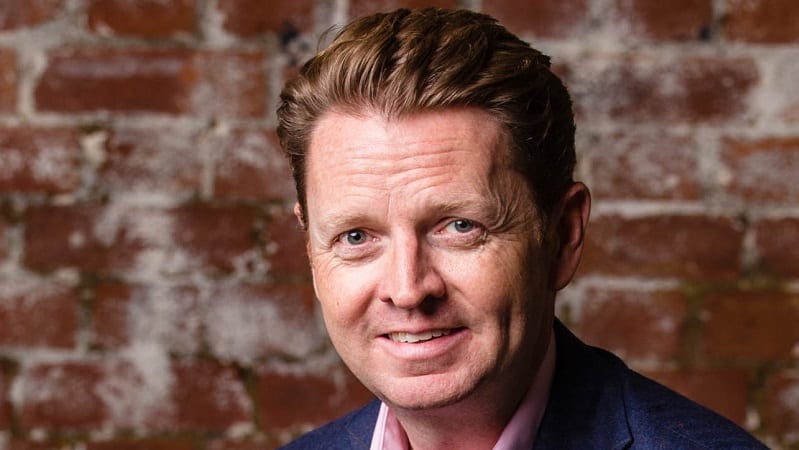Octopus Investments has highlighted what it sees as a ‘double discount opportunity’ for investors in UK equities.
The firm’s Dividend Barometer report explores what it says are the lesser-known dividend credentials of UK small and mid-caps.
Octopus said earnings growth and valuations have become disconnected, with UK equities as a whole now trading at close to a 40% discount to the rest of the developed world.
This is especially the case with smaller companies, which are trading at an 18% discount to the FTSE 100 compared to an historical average of 9%, Octopus noted.
See also: PA ANALYSIS: The trials and tribulations of investing in European equities
The firm pointed out that dividend cover has increased for every index except the FTSE 100, which has decreased.
Dividend cover for the FTSE 100 is now lower than any other index. This gives small and mid-cap companies scope to grow their dividends ahead of larger FTSE 100 companies, Octopus said.
AIM dividend payouts are now significantly higher than levels seen during the pandemic, growing by almost 75% since 2015.
Octopus also noted that the FTSE 250 has also bounced back from pre-Covid levels. This performance is largely being driven by underlying earnings growth.
See also: Calls for judicial review into FCA as investment trust sector faces extinction
Chris McVey, senior fund manager at the firm, said: “What our Dividend Barometer shows us is that smaller companies offer investors arguably the best of both worlds, with a sustained and growing dividend stream, as well as a once in a cycle opportunity for capital growth recovery.
“What’s more, the smaller company indices offer a better forecast earnings profile to Nasdaq and yet are currently trading at half the price to earnings multiple.
“We hope that our Barometer highlights why investors should look more closely at small and midcap income stocks, as the market recovers from where we are today.”











